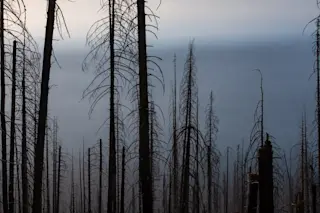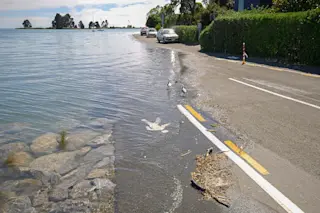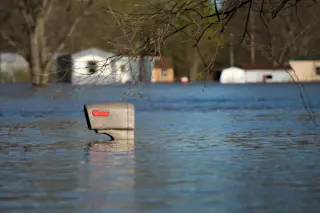Over the last few weeks, we’ve had two newsworthy events that involve volcanoes and water. This is a common combination on our planet and can have dramatically different results. One is a very small feature that’s new to one of the most active volcanoes on Earth. The other is now a large feature spreading across the Pacific that came from a previously unknown volcano under the sea.
First, the small: the US Geological Survey has been reporting on a new crater lake forming in the Halema’uma’u caldera in Hawai’i (see above and below). It has been almost a year since the last eruption at Kīlauea and as I’ve reported, the summit area might have experienced the most dramatic changes during 2018.
Since then, things have been pretty quiet. The summit area regularly steams with fumaroles thanks to the heat of the volcano and access to groundwater. Remember, when the lava ...














